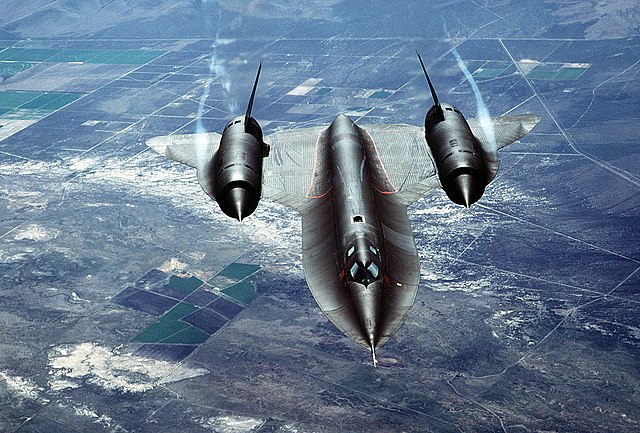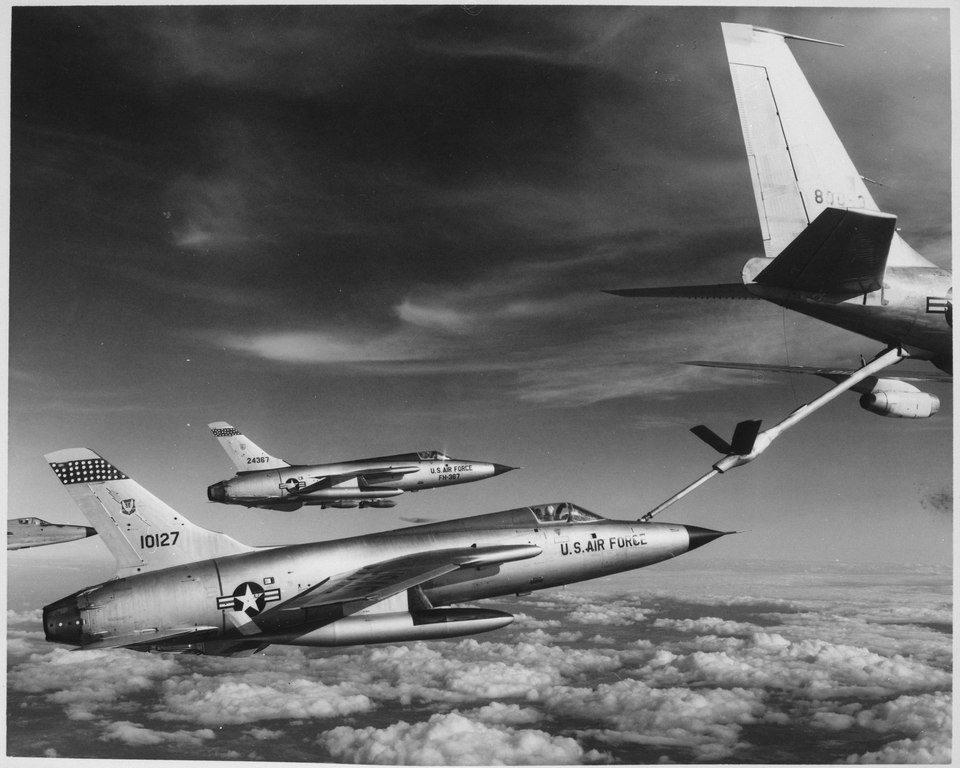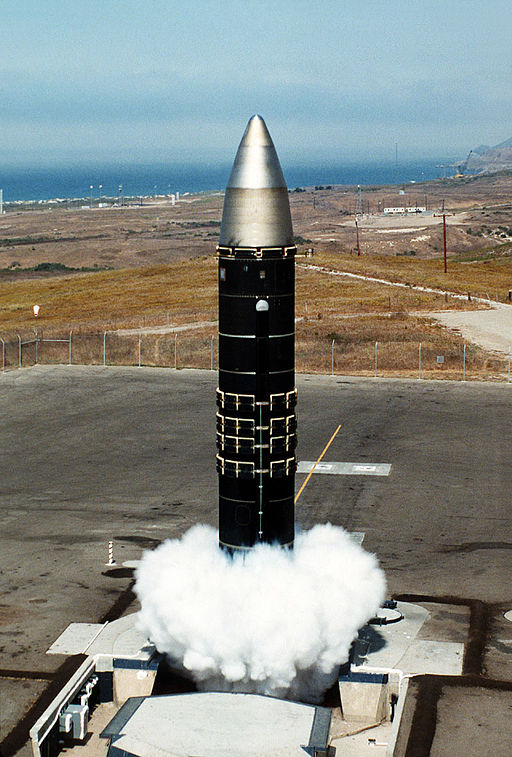In the pantheon of aviation history, the SR-71 Blackbird holds a place of reverence. This marvel of engineering not only pushed the boundaries of technology but also human ingenuity and courage. In this detailed analysis, we traverse through the remarkable technical feats, groundbreaking firsts, and incredible stories that emanate from the cockpit of this legendary bird.
The Birth of a Technological Titan
In the late 1950s, amidst the Cold War’s brewing tensions, the need for a high-speed, high-altitude reconnaissance aircraft became paramount. The Lockheed Martin’s Skunk Works division, under the aegis of the brilliant Clarence “Kelly” Johnson, rose to the occasion, resulting in the inception of the SR-71, an aircraft that would go on to shatter records and redefine aviation standards.
Technical Milestones and Groundbreaking Firsts
Let’s delve into the formidable technical achievements that have marked the SR-71 as a beacon of innovation in aerospace engineering.
- Titanium Body Structure: In a pioneering move, the SR-71 was built primarily with titanium, which allowed it to withstand the incredible temperatures (up to 800 degrees Fahrenheit) generated during high-speed flights. This use of titanium was unprecedented and set new standards for aircraft materials.
- Mach 3+ Cruise Speed: Powered by twin Pratt & Whitney J58 axial-flow turbojet engines, the SR-71 could sustain speeds exceeding Mach 3. This capability allowed it to outpace threats and gather critical intelligence swiftly, even in hostile territories.
- Operational Ceiling Beyond 85,000 feet: The SR-71 operated at altitudes where the sky blends into the space, routinely cruising above 85,000 feet. At this vantage point, pilots could see the curvature of the earth, flying at the edge of space.
- Sophisticated Surveillance Technology: Equipped with state-of-the-art cameras and sensors, the SR-71 conducted high-resolution reconnaissance, capturing wide swathes of terrain with remarkable clarity and detail. Its radar systems and electronic countermeasures were equally advanced, ensuring safe and successful missions.
Tales from the Cockpit: Moments of Awe and Adrenaline
The SR-71 has been the epicenter of many awe-inspiring stories, narrated by the elite pilots who had the privilege to maneuver this beast. Here are a few:
- The Fastest New York to London Flight: In 1974, pilot James V. Sullivan and his RSO Noel F. Widdifield shattered the transatlantic record, covering the distance from New York to London in a staggering 1 hour, 54 minutes, and 56.4 seconds, showcasing the SR-71’s unparalleled speed.
- Outrunning Missiles: Numerous SR-71 pilots recount stories where they simply outpaced enemy missiles. The SR-71’s incredible speed and altitude capabilities allowed it to evade threats with an ease that became legendary among aviators.
- Observing a Space Shuttle Launch: In a rare occurrence, pilot B.C. Thomas and RSO J.T. Vida once witnessed a space shuttle launch from their SR-71 at 85,000 feet, a view that epitomized the convergence of human achievement in aviation and space exploration.
- Emergency Landing in Sweden: During a reconnaissance mission in 1981, an SR-71 experienced an engine failure, resulting in an unscheduled landing in Sweden. The event, laden with geopolitical implications, became a testament to the rigorous training and quick thinking of SR-71 pilots.
Conclusion: A Symbol of Human Achievement
The SR-71 Blackbird stands as a monumental testament to the heights of human achievement. From its groundbreaking technical prowess to the incredible tales that emanate from its cockpit, the SR-71 continues to fascinate and inspire. As we look back at its storied journey, the SR-71 remains a beacon of innovation, courage, and the relentless pursuit of excellence, a true marvel soaring at the edge of space.



